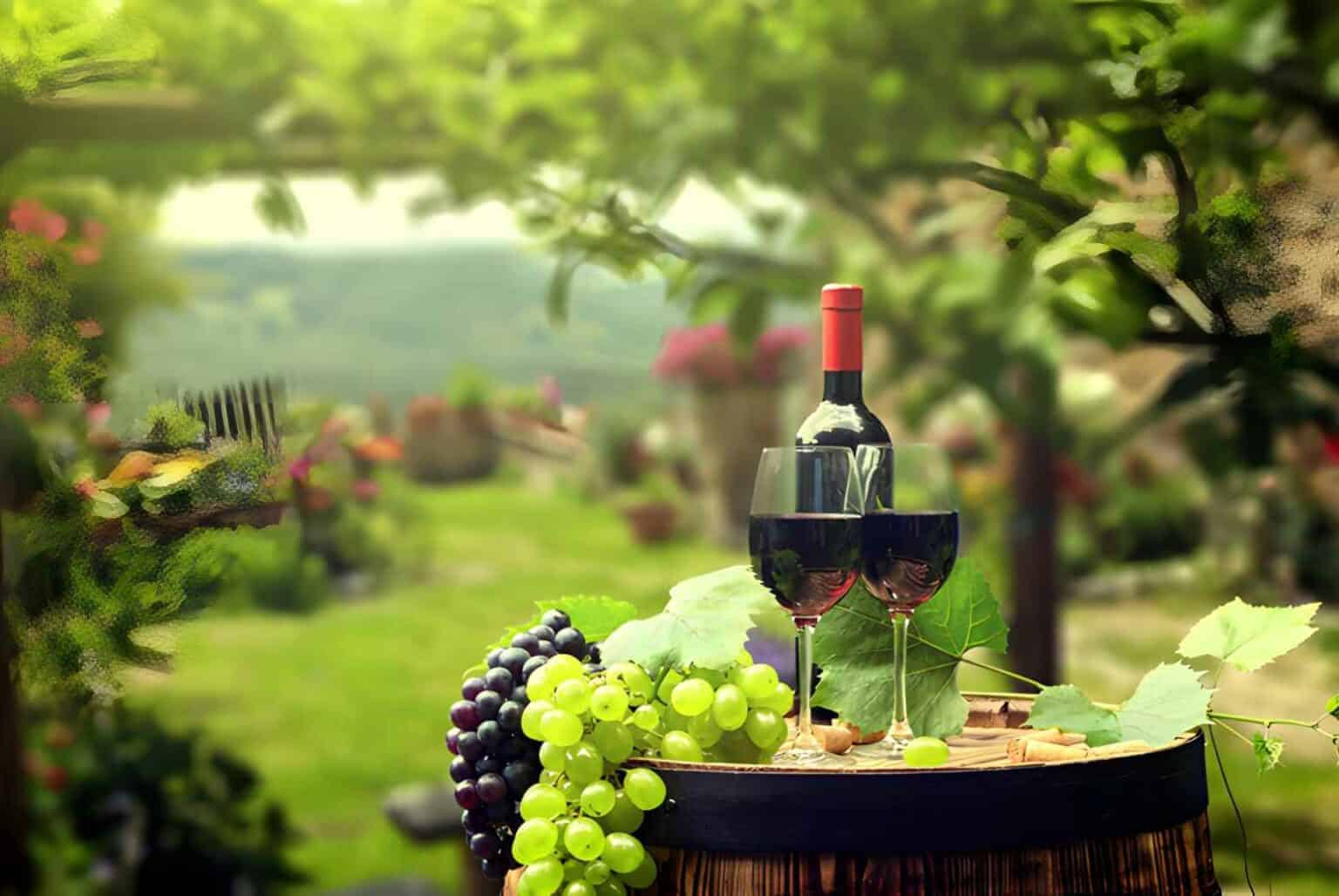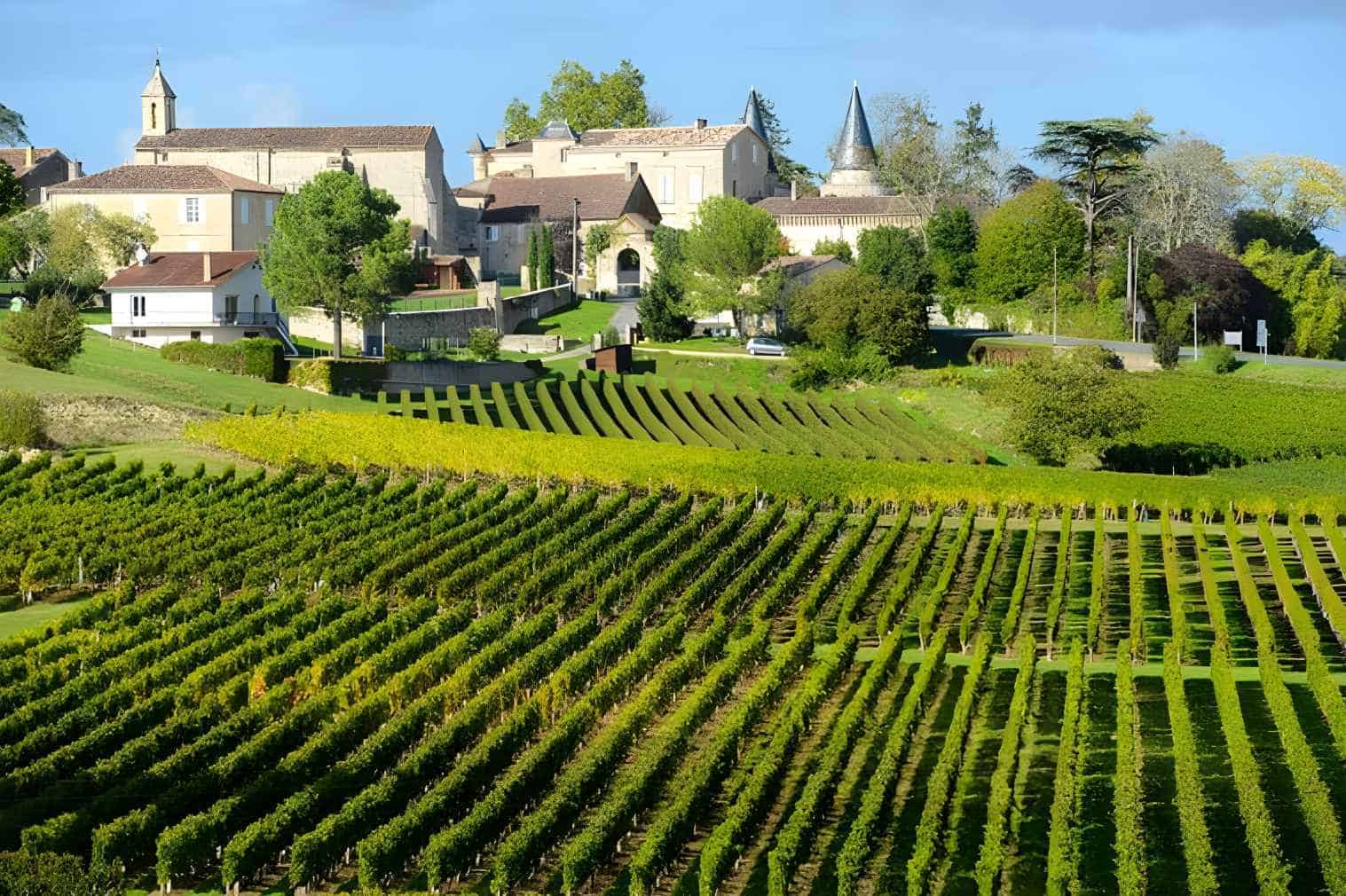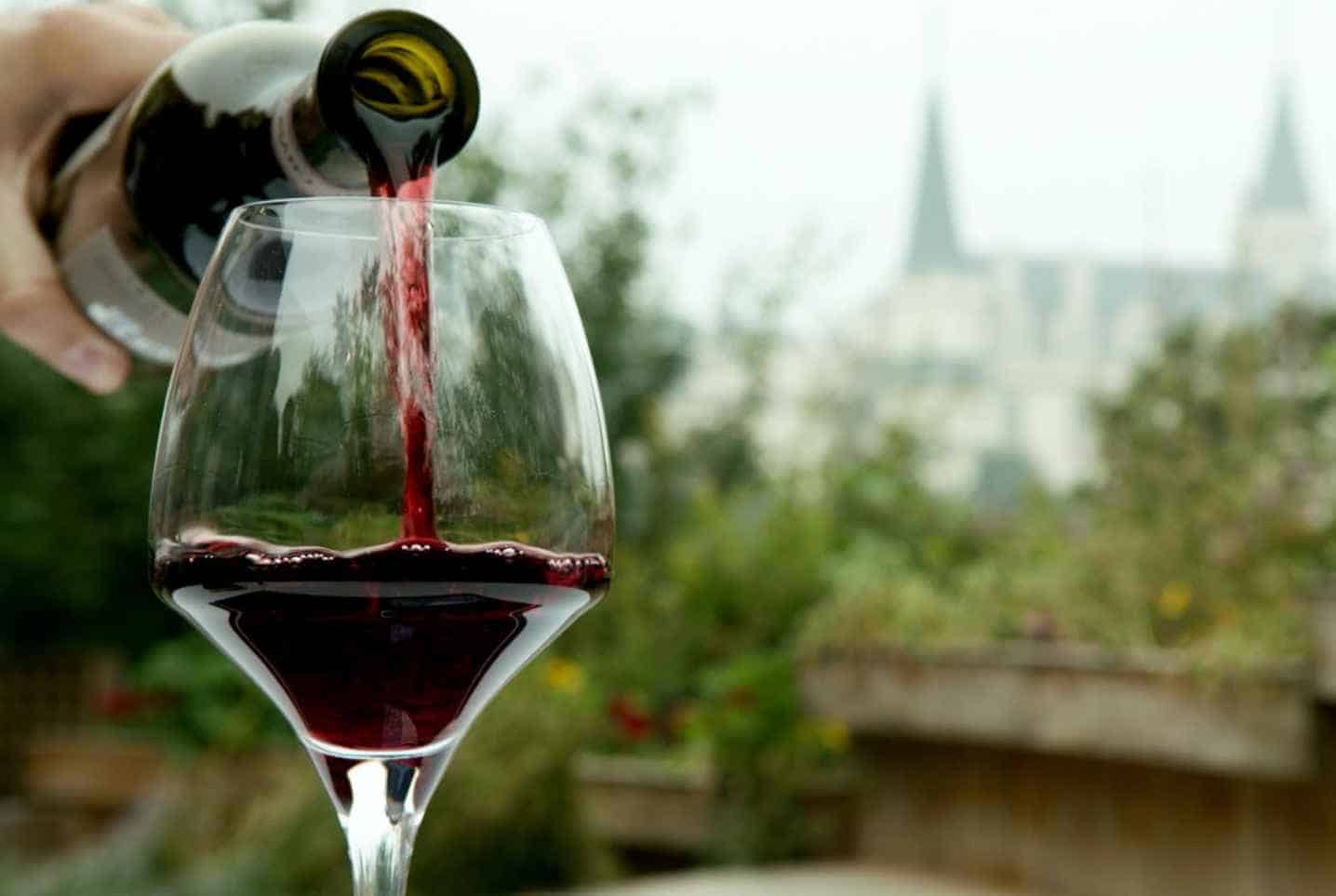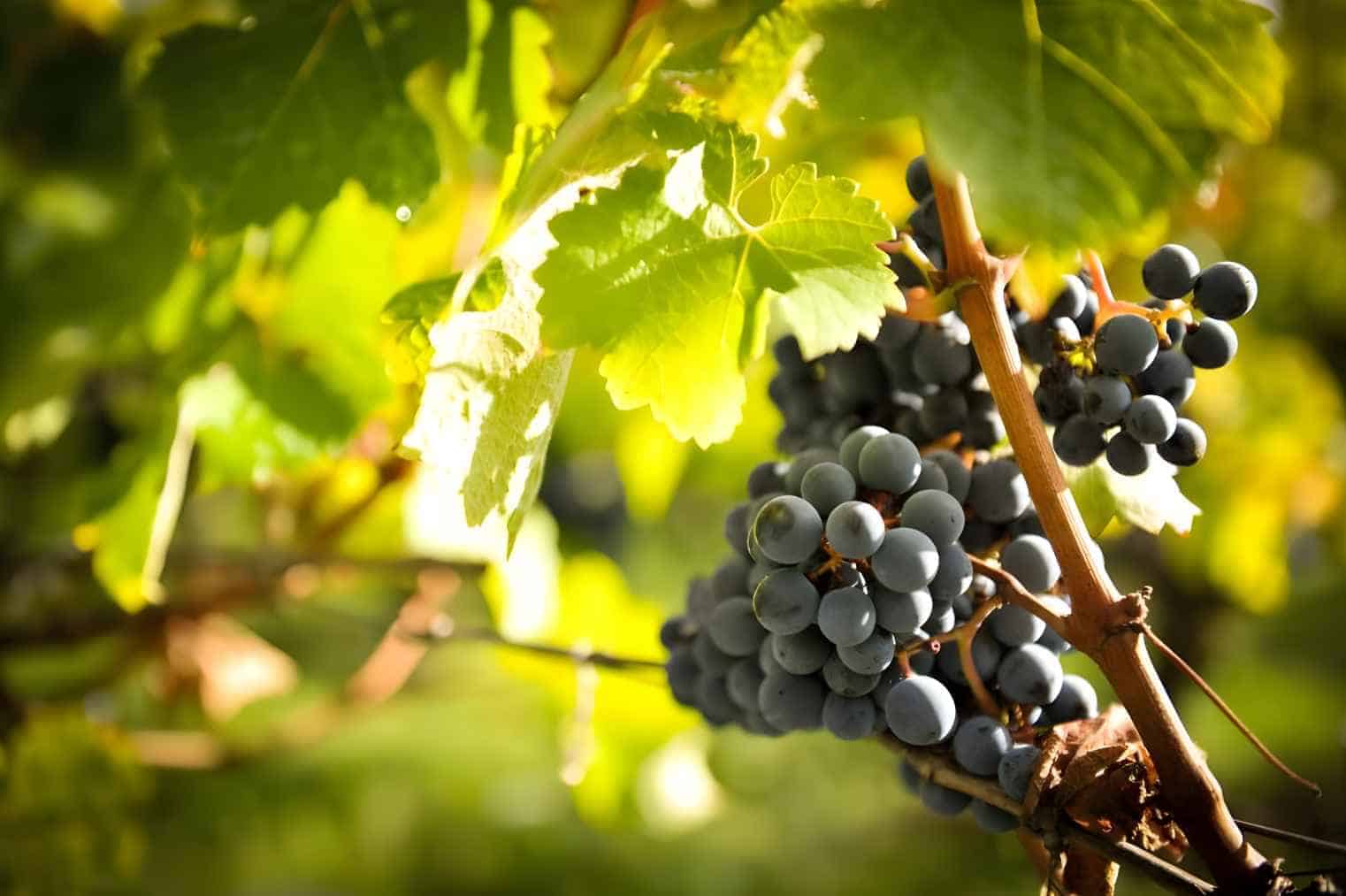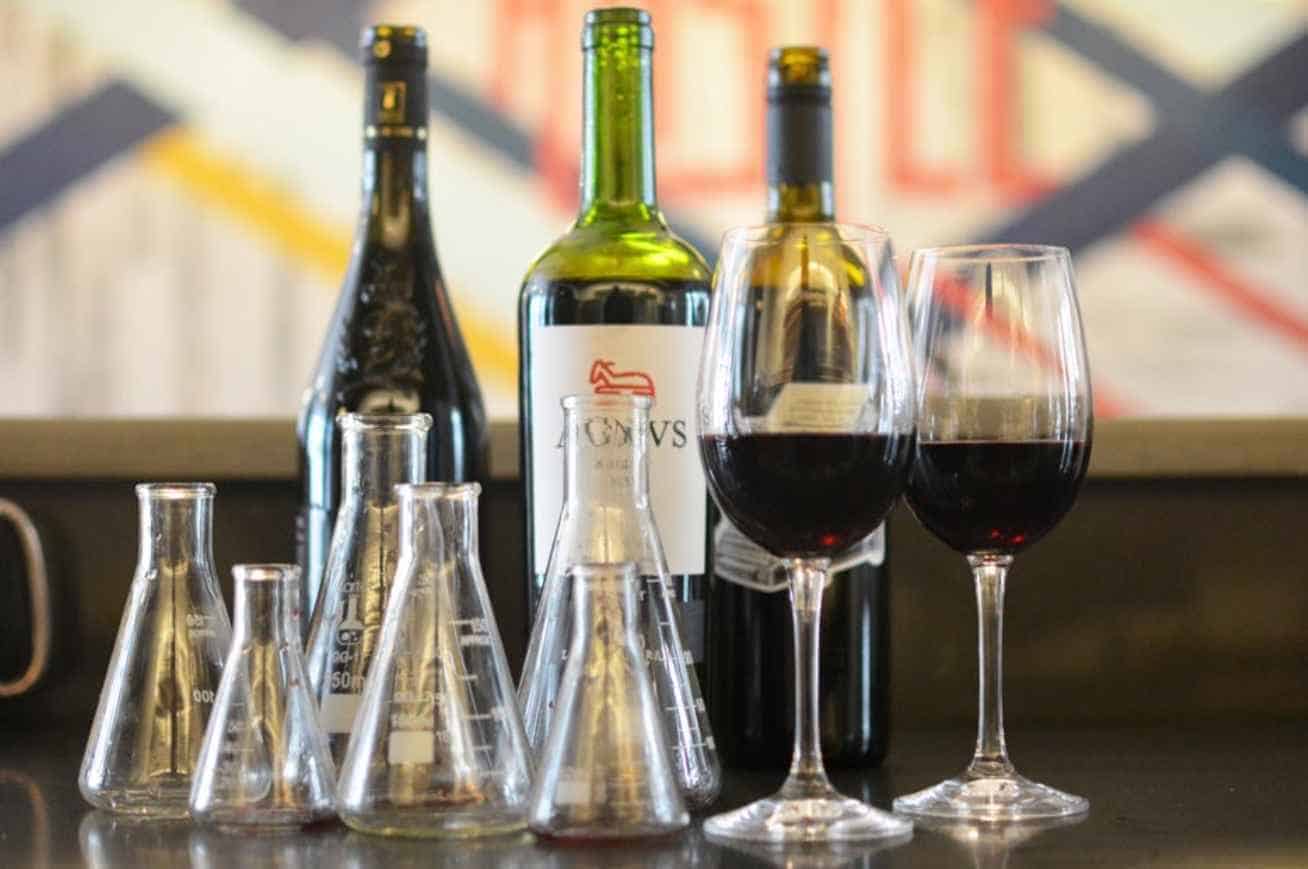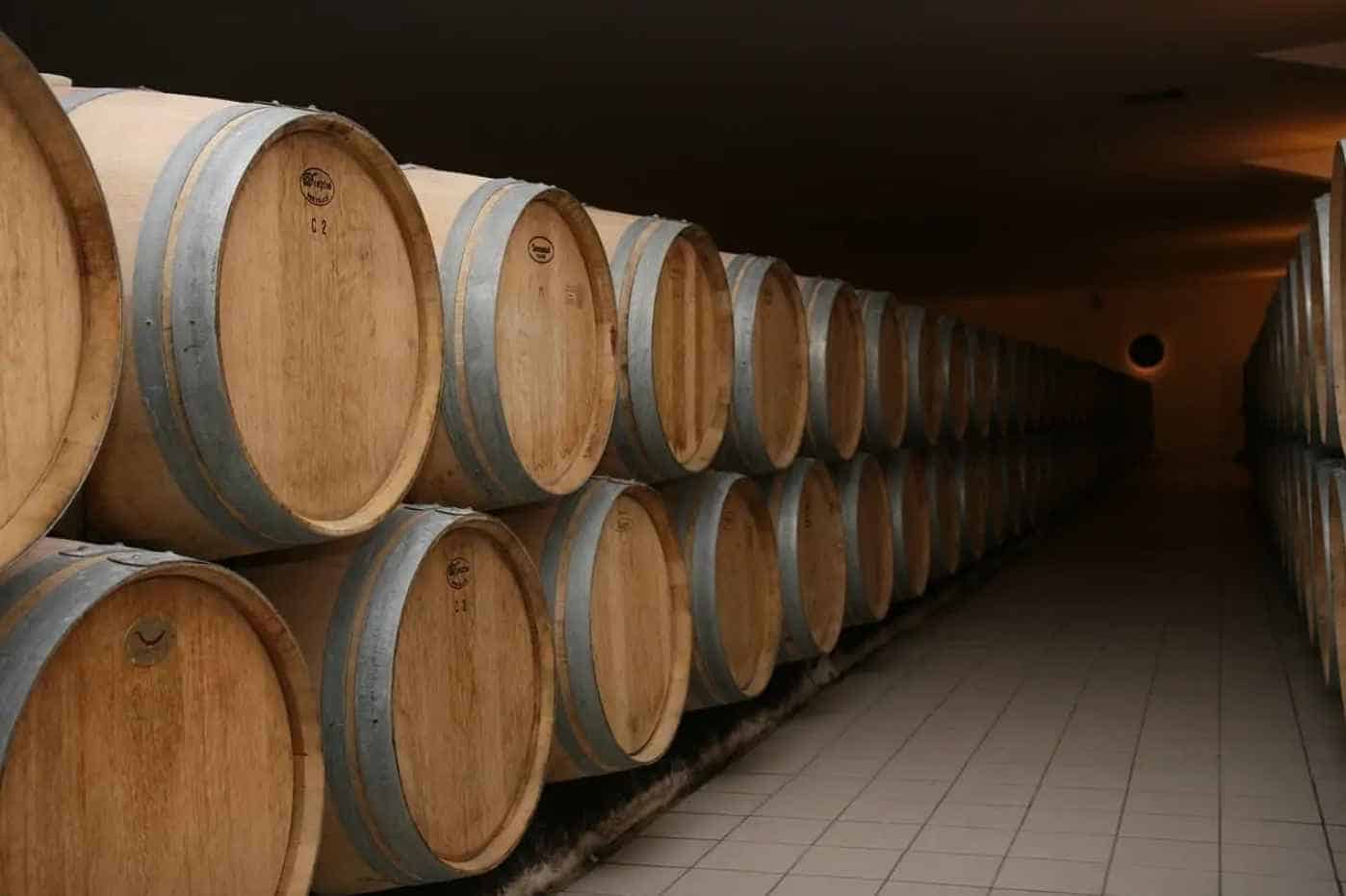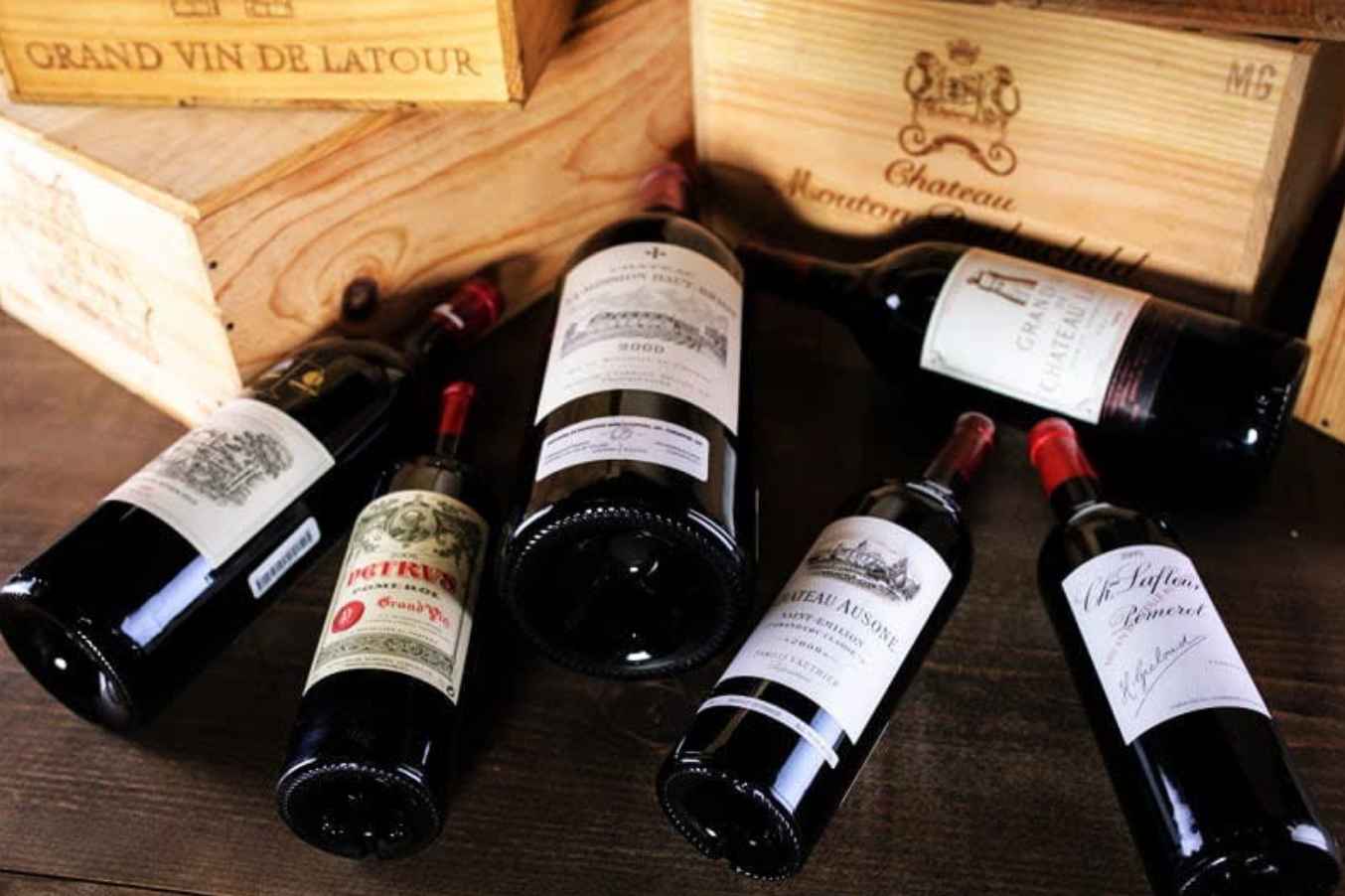Bordeaux wine. Whether you are a wine lover, a casual wine drinker, or someone who has never tasted wine before, you have probably heard of this wine before.
It is one of the most renowned wines, making it easy for this wine to insert itself into the talk at the slightest mention of the grape. It is easy to hear it, but what is it? What is Bordeaux wine? Well, let us answer that question today!
Where Does Bordeaux Wine Come From?
Bordeaux wine does not refer to a single wine. Instead, it points to wines from Bordeaux, France – an area offering the ideal climate, irrigation, and soil for producing wine.
The region is split into the right and left banks, and the banks are divided further into subregions. While all Bordeaux wine is, well, Bordeaux wine, what bank and subregion a Bordeaux wine is from would change its characteristics. With that, when it comes to this wine, knowing exactly where a bottle is from is ideal.
The History of the Bordeaux Wine
Today, Bordeaux wine is one of the most famous and sought-after wines. It was not always like that, though.
This wine has been around since the 1st century, but it was not immediately a crowd favorite, then. Still, slowly but surely, it climbed the ladder. In the 12th century, it boomed.
From there, it only got more popular and famous. After that, different Bordeaux wines have come into the light, and various grapes have taken turns in the spotlight.
What Are the Characteristics of Bordeaux Wine?
We now know the home and history of the Bordeaux wine, essential pieces of information to get acquainted with it. Now, let’s get to know it better by identifying its characteristics.
A vast majority of Bordeaux wines are red. However, there are also white, sparkling, dessert, and rosé Bordeaux wines. As a Bordeaux wine can be red, white, sparkling, dessert, or even a rosé, there is no general profile for it.
The characteristics would vary from bottle to bottle. However, these wines are usually full-bodied with medium acidity. Aside from that, these wines could be sweet or dry with low or high tannins.
When it comes to flavors, darker shades would likely always have a hint of black currant in them. On the other hand, lighter shades would likely always have a taste of grapefruit in them. However, this is only to give you a general idea. Each Bordeaux wine sports its own flavors and notes that are much more complex than this profile.
What Grapes Are Used for Bordeaux Wines?
As there are many Bordeaux wines, we cannot discuss the exact characteristics of each bottle. However, we can talk about the grapes used for these wines to give you a better idea of their characteristics.
In making these wines, one cannot just use any grape. There are only several varieties that have gotten the go-signal for use for these wines.
Here are the grapes permitted for red wines:
- Arinarnoa
- Castets
- Cabernet Franc
- Cabernet Sauvignon
- Carménère
- Malbec
- Marselan
- Merlot
- Petit Verdot
- Touriga Nacional
The right bank mostly plants Merlot, while the left, Cabernet Sauvignon. However, Merlot is the most planted grape overall, followed by the Cabernet Sauvignon and the Cabernet Franc. On the other hand, the Arinarnoa, Castets, Marselan, and Touriga Nacional are new additions.
Here are the grapes permitted for white wines:
- Alvarinho
- Colombard
- Liliorila
- Mauzac
- Merlot Blanc
- Muscadelle
- Ondenc
- Petit Manseng
- Sauvignon Blanc
- Sauvignon Gris
- Sémillon
- Ugni Blanc
At some point, the Sémillon was the most planted grape overall. However, the times have changed. Today, its popularity has been on the decline. Despite that, it is still the favorite white grape variety, followed by the Sauvignon Blanc and Muscadelle. On the other hand, Alvarinho, Liliorila, and Petit Manseng are new additions.
What is the Bordeaux Blend?
Before we continue, let us briefly talk about the Bordeaux blend.
One thing to remember with Bordeaux wines is that a single grape variety does not make a bottle. Instead, these wines are a blend of grape varieties, and this mix is what is called the Bordeaux blend.
The typical Bordeaux blend points to the mix of the three favorite red grape varieties. However, there are no rules to this blend except it be a mix of the Bordeaux grapes, which is why not all Bordeaux wines are the same.
How Do They Make Bordeaux Wine?
Next, let’s delve deeper by getting to know this wine before it becomes wine. Let’s discuss the winemaking process.
The various regions have different practices when making their wines. For one, during harvesting, the preference for hand-picking or using machines depend on the place. However, sorting, destemming, and crushing are practices done almost everywhere. Additionally, the addition of sugar seems to be common practice too.
Different places might do the fermentation and aging processes differently, but these steps are always part of the process. Since we are talking about Bordeaux wine, blending is also part of the winemaking process. When the different regions do it and how they do it could vary, though.
Finally, there is the bottling stage. After that, you could expect the wines would be ready to go out and be sold. However, that is not the case. The wines would be aged more before they get sold.
What Can You Find on the Bottle of Bordeaux Wine?
Before we move on, since we are already talking about the process of making these wines, let’s briefly discuss what they put on their labels.
As these wines are popular and famous, many have not only tried to recreate them but also fake them. One way to try and avoid these fakes is through the bottle. While you will likely not be able to sample the sham without buying it to see if it is the real deal or not, you can spot a mistake on the bottle.
When looking at the label of a Bordeaux wine, you want to see the appellation, the estate’s name and class, where or who bottled it, and the vintage. Other things might also be on the bottle, but these are the mainstays.
How to Serve Bordeaux Wine?
By now, you pretty much know the wine. Here, let’s get to know how to treat it right. Let’s talk about how to serve it!
For the red wines, you want to serve them at room temperature. That is around 65°F. You can drink them alone, but you can also pair them with a dish. If you want to pair them, we suggest looking for something savory and fatty.
On the other hand, you want to serve your white wines chilled. That is around 45°F. You can also drink these wines on their own, but it is also possible to pair them with dishes. If you want to pair your white wines, we suggest pairing them with dessert!
Tips When Buying Bordeaux Wine
With all that we have discussed today, you might now be itching to get your hands on a bottle of Bordeaux wine. Well, allow us to share some buying tips with you before you go and do so!
Check, Check, Check!
The bottle might not tell you how the wine it holds tastes, but it has everything you need to know. As we have said above, the label offers details about the wine. For example, the appellation can give you an idea about the grapes used and the process practiced. Things that can give you an idea about the taste and flavor.
Make the Cost Worth It
Bordeaux wines do not only come in different tastes and flavors. They also come with varying price tags. While there are Bordeaux wines that you can get for around $10, many suggest getting one that at least costs $30. It is not the most budget-friendly price tag, but it is a way to ensure the cost is worth it.
When drinking wine, money is not the only thing you’re paying. Think about the calories you would be getting and the experience you would be wasting if you buy something you end up not liking.
Summary
Are you still wondering what is Bordeaux wine? Well, we sure hope not! Today, we answered this question by first talking about where this wine came from. Here, we learned that it came from none other than Bordeaux, France.
After that, we briefly discussed its history. Here, we learned it has already been around since the 1st century. Then, we talked about its characteristics. Here, we emphasized that Bordeaux wine refers to a group of wines, and each wine in this group has its flavors and notes.
Next, we talked about its grapes, the winemaking process, and how to serve it to know the wine better. Finally, we shared some tips for when you’re ready to get your first bottle!
Don’t stop here now, though. Now you know this wine, it’s time to meet it. It is time to open that bottle, pour yourself a glass, take a sip, and get to know its goodness firsthand!

George Moore, co-founder of Wine Flavor Guru, is a charismatic entrepreneur with a rich background in California’s wine industry. Alongside Sylvia, he transformed a Sonoma County vineyard into a source of premium wines. George’s expertise in sourcing exceptional grapes and his approachable style make wine appreciation both accessible and engaging.
